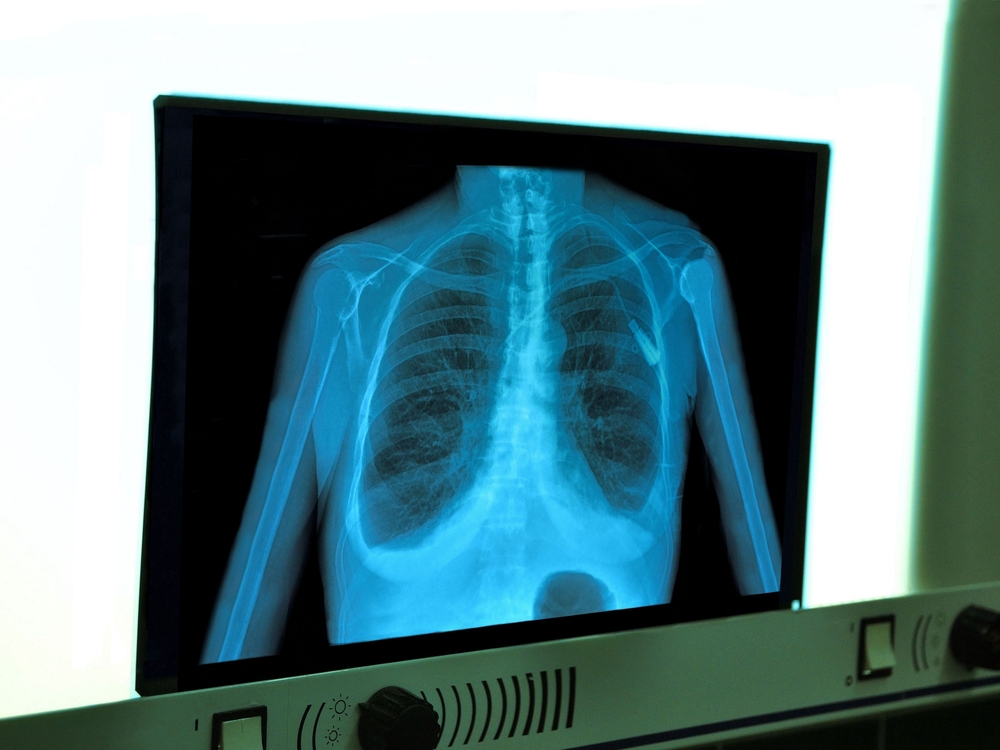The medical sector will benefit greatly from recent advancements made in the technology department. Pittsburgh University researchers are confident they can crack the code to develop a device capable of acting as an artificial lung. Moreover, this new device would be roughly the same size as an average backpack. A strange concept at best, yet it can have positive effects on the human body.
What Is The Purpose of an Artificial Lung?
That would be the first question everybody asks themselves. For many decades, scientists have tried to create an artificial lung, yet that process has proven to be very difficult. In fact, one could argue the lung is by far one of the most complicated organs found in the human body today. Having an artificial lung could address a lot of problems in the medical sector, assuming we ever succeed in creating such a device.
To put this idea into perspective, an artificial lung would have significant benefits to patients suffering from lung failure. So far, it has proven to be virtually impossible to replace the human lung with an artificial counterpart. Pittsburgh University professor William Federspiel has been looking for such a solution for the better part of two decades, yet he has not come up with a plausible solution, until now.
However, it would appear the scientists at this university are inching closer toward finding a workable solution. In fact, they even applied for a patent for their latest invention, which is designed to raise oxygen levels in a human’s blood. Moreover, the scientists received a US$2.35m grant to develop an artificial lung for children. It is safe to say there is a growing need for artificial lungs, yet creating one remains a major challenge.
Federspiel and his team are currently working on a mechanical lung that can operate outside of a human body. It is also small in size, which would allow anyone to easily carry it around The device still needs to be connected to the host’s bloodstream, though, and a tube needs to be inserted in the jugular throat vein. However, this principle would effectively allow patients to breathe oxygen, even though this will be facilitated by a portable tank.
Do not be mistaken in thinking this concept allows patients to be discharged from the hospital quicker, though, as that is not the end goal here. Instead, the artificial lung would allow lung failure patients to be more mobile during their hospital stay. As a result, this additional mobility results in muscles not growing weaker and improving chances of recovery. Anyone who is waiting for a lung transplant will benefit greatly from this artificial device as well, that much is certain.
Artificial lungs have been an area of extensive scientific research over the past few decades. Czech scientists created a 3D-printed lung to simulate asthma and pulmonary problems. However, this particular device would raise the bar tremendously, assuming scientists can solve the blood clot problem. Considering how the host’s blood comes in contact with a large artificial surface, blood clotting is a very real end result. For the time being, the team expects to complete a 30-day animal trial in the coming months.
If you liked this article, follow us on Twitter @themerklenews and make sure to subscribe to our newsletter to receive the latest bitcoin, cryptocurrency, and technology news.

